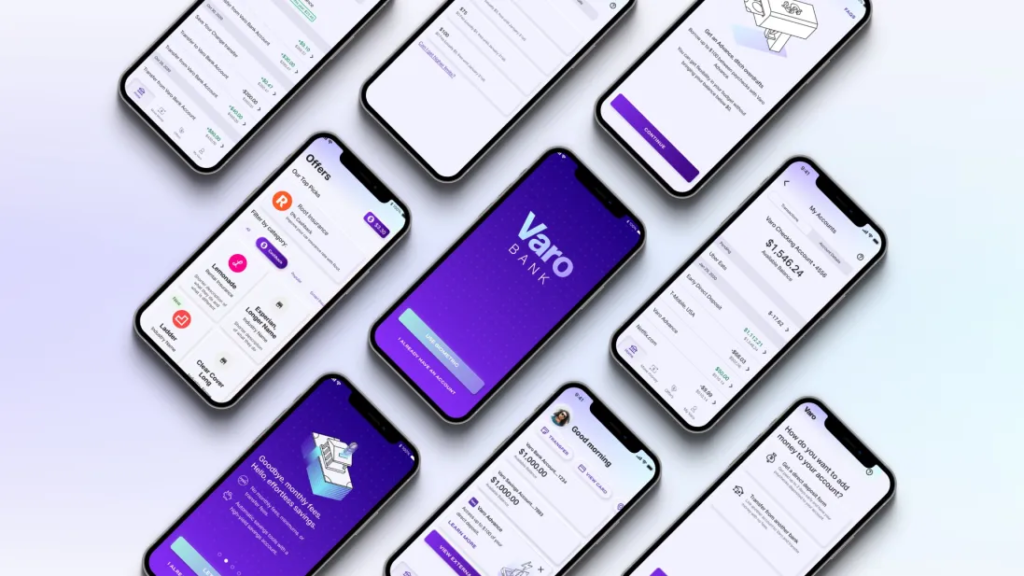Elon Musk’s social media platform, X, is rapidly expanding its new X Video Feed, a dedicated vertical video experience, to users worldwide. After its initial rollout in the U.S., the feature is now reaching global markets, including India, Australia, and several European regions. This marks a significant shift in X’s strategy to compete in the ever-evolving video-driven social media landscape, as confirmed by a company spokesperson.
The feature, currently available only on iOS, provides users with a seamless, TikTok-inspired video-scrolling experience through a designated tab in the app. Positioned prominently next to the Grok button, the X Video Feed integrates short-form videos with an engaging swipe-up navigation style, capitalizing on the growing popularity of vertical video formats.
A Gradual Yet Strategic Rollout
The global rollout of the X Video Feed is underway, but Android users will have to wait as the feature is still exclusive to iOS devices. While X has not specified when the Android version will become available, the staggered rollout strategy allows the company to refine the feature based on user feedback.
X’s move to enhance its video experience aligns with a broader trend in the social media industry. Platforms like TikTok, Instagram, and YouTube have set the standard for short-form, immersive video content that drives user engagement. By incorporating these features, X aims to establish itself as a competitor in this lucrative market.
Leveraging Uncertainty Around TikTok
X’s launch of the vertical video feed comes at a time when TikTok faces potential bans or regulatory hurdles in key markets. In the U.S., the platform’s future remains uncertain, as lawmakers and regulators continue to scrutinize its ownership and data security practices. The enforcement of a TikTok ban has been paused, but the platform’s vulnerability provides an opportunity for competitors like X to capture market share.
With TikTok’s dominance in short-form video being questioned, X is positioning its video feed as a compelling alternative. The platform’s integration of video ads after every few scrolls is not only a revenue-generating strategy but also a way to keep users engaged for longer periods.
The Role of the X Video Feed in Driving Revenue
The X Video Feed isn’t just about entertainment—it’s a key revenue driver for the platform. By embedding ads seamlessly within the video feed, X has adopted a monetization model similar to Instagram Reels and TikTok. This feature allows advertisers to tap into highly engaged audiences while enabling X to diversify its revenue streams.
Moreover, video content has proven to be more engaging than static posts, meaning users are likely to spend more time on the app. The combination of ad placement and increased screen time positions the X Video Feed as a powerful tool for boosting the platform’s profitability.
X’s Expanding Video Ecosystem
The rollout of the vertical video feed is the latest addition to X’s broader video ecosystem. Over the past two years, the platform has heavily invested in video capabilities. In 2022, X introduced the ability to scroll through short videos by tapping and swiping on video content within the timeline. Additionally, the launch of a stand-alone TV app showcased the platform’s ambition to cater to long-form video viewers, creators, and organizations.
With the introduction of the X Video Feed, the platform is bridging the gap between short-form and long-form video content, creating a comprehensive video experience for users. This diversification allows X to cater to a wider range of user preferences while encouraging creators to publish video content directly on the platform.
The Future of X Video Feed
The introduction of the X Video Feed signals a transformative shift for the platform, positioning it as a serious contender in the competitive world of short-form video content. By blending entertainment with monetization strategies, X is leveraging the growing demand for vertical video to engage users and attract advertisers.
As the feature expands to Android and continues its global rollout, X will likely refine its offering to better compete with established players like TikTok and Instagram. The combination of user engagement, ad revenue, and innovative video experiences makes the X Video Feed a key pillar in Elon Musk’s vision for the platform’s future.
Ultimately, the X Video Feed represents more than just a feature—it’s a strategic move to redefine the way users interact with video content on social media








